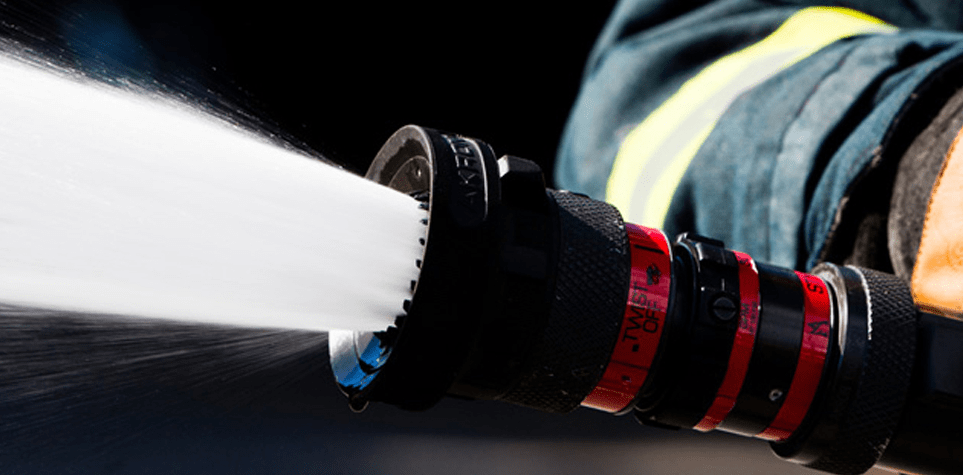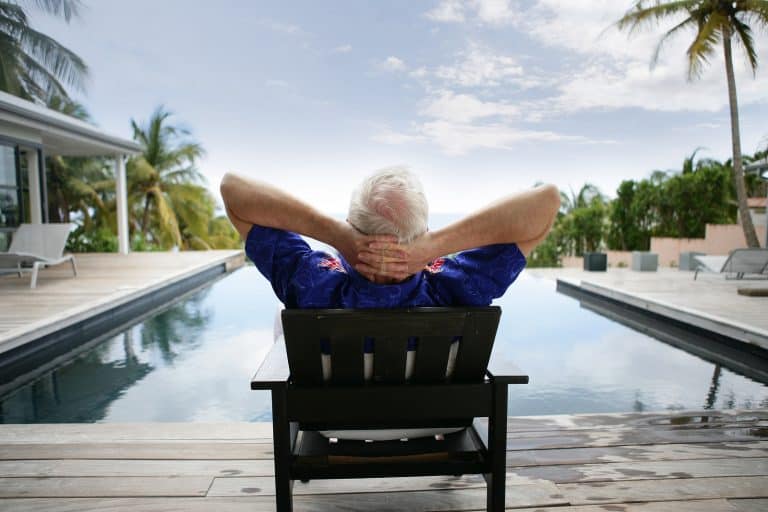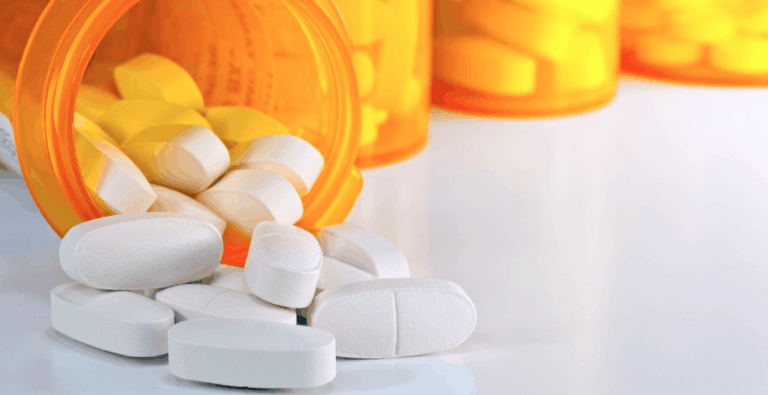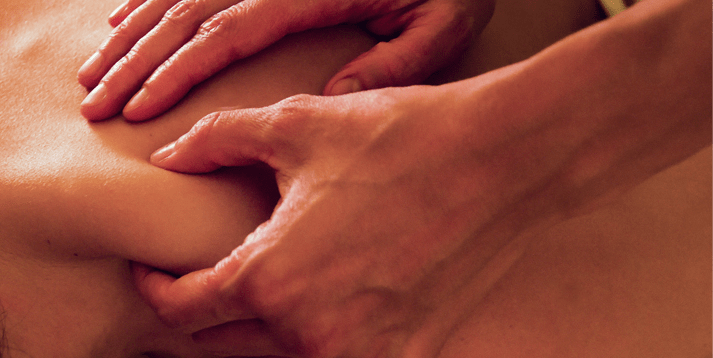Water-induced thermotherapy has been traditionally used to treat benign prostatic hyperplasia (BPH), also commonly known as enlarged prostate. Even though BPH and prostatitis are different conditions, they do share some similar symptoms, especially urinary symptoms. That’s why water-induced thermotherapy for prostatitis is considered to be an alternative treatment for chronic prostatitis/chronic pelvic pain syndrome (CP/CPPS).
This hot water treatment involves making just one 45-minute visit to the urologist. It is a minimally invasive treatment that is easily done in an outpatient setting. Water-induced thermotherapy does not require undergoing formal anesthesia, but be sure to discuss pain control options with your doctor before having the procedure.
The prostate gland surrounds the urethra, which carries urine out of the body. The gland is located between a man’s bladder and penis. To perform the procedure, the doctor inserts a soft, pliable catheter through the penis up to the prostate gland and fills it with water. A system circulates the hot water for 45 minutes to heat the prostate tissue.
There are some differences in how the procedure is used to treat BPH vs prostatitis. When treating BPH, the water temperature is between 60 and 62 degrees Celsius (ºC), but for prostatitis, the doctor uses cooler water that is between 40 and 47ºC. The cooler temperatures make water-induced thermotherapy for prostatitis a safe, nondestructive procedure.
Does Water-Induced Thermotherapy for Prostatitis Work?
A 2001 study treated men with water-induced thermotherapy. The study involved 30 CPPS patients (ranging from 24 to 63 years old). Study participants completed their NIH Prostatitis Symptom Score (PSS) questions and underwent uroflowmetry at baseline, 1, 6, and 12 months following treatment. All study participants were treated at 47ºC in a single 45-minute session and were given a topical anesthetic gel.
The men experienced improvements in their NIH Chronic Pain Symptom Index (CPSI), pain scores, urinary symptom scores, and quality of life scores. Overall, the NIH CPSI score improved by 55% at 12 months, and similar responses were noted in pain scores (57.6%), urinary symptom scores (45.9%), and quality of life scores (50%). Peak flow rates and average flow rates remained constant during the follow-up period. (+/- 1 ml/sec), indicating that the treatment did not have a negative affect on the patients’ urine flow.
One of the most significant predictors of change was the degree of symptom severity at baseline; with higher baseline scores reporting greater symptom improvement. Men who had moderate to severe symptoms represented the majority of patients at baseline. In the three follow-up appointments, the number of patients with severe symptoms constantly decreased, the majority rating their symptoms as mild, with a few reporting moderate symptom scores.
Researchers concluded that water-induced thermotherapy is a minimally invasive, well-tolerated procedure for men with CPPS. Water-induced thermotherapy for prostatitis is an affordable, durable, and viable option for treating CP/CPPS. There is no need for post-treatment catheterization since no necrosis is produced at this lower treatment temperature.
Other Heat Treatments
There are several other drug-free treatments that involve heat for treating prostatitis, the more popular being sitz baths and heat therapy, both of which are inexpensive and can be done at home. Heat therapy involves applying local heat via a heating pad or hot-water bottle to the perineal area to relieve pain. Heat is helpful for CP/CPPS sufferers because it increases blood flow to the area. On the contrary, not all men find relief with heat. Some men find relief when they use ice packs for prostatitis instead of heat, and some men use a combination.
There are also more involved heat therapies, also called hyperthermia. These treatments include transurethral microwave hyperthermia and transurethral microwave thermotherapy (TUMT), which is also used for treating BPH. These therapies relieve symptoms by increasing the temperature of the prostate. They are more invasive and should only be considered as a last resort after other treatments have failed.
A prospective multicenter trial showed long-term improvements in men with CPPS after undergoing TUMT. The proportions of patients having at least mild improvement in their condition overall were as follows:
- 75% at one year,
- 67% at three years, and
- 42% at five years,
The proportions having marked improvement were:
- 5% at one year,
- 48% at 3 years, and
- 31% at five years.
The proportions with mild improvement in NIH-CPSI scores were:
- 82% at one year,
- 77% at three years, and
- 56% at five years,
The proportions who had marked improvement were:
- 60% at one year,
- 49% at three years, and
- 36% at five years.
After five years, the mens’ prostate volume had not changed significantly, but total PSA decreased by 20%. Including alpha-blocker therapy enhanced the cumulative improvement rates by 16% at five years. The investigators stated that the combination therapy may be an option for men who have had medical therapy fail in treating their CPPS.
Reference for Water Induced Thermotherapy for Prostatitis:
Muschter, Rolf, et al. Transurethral water-induced thermotherapy for the treatment of benign prostatic hyperplasia: a prospective multicenter clinical trial. The Journal of Urology. Volume 164, Issue 5, November 2000, Pages 1565–1569
Guercini, Federico M., et al. Water induced thermotherapy (wit) for the treatment of chronic pelvic pain syndrome (cpps) – a multi-centre feasibility study. AUA annual Meeting 2002 in Orlando, FL.







